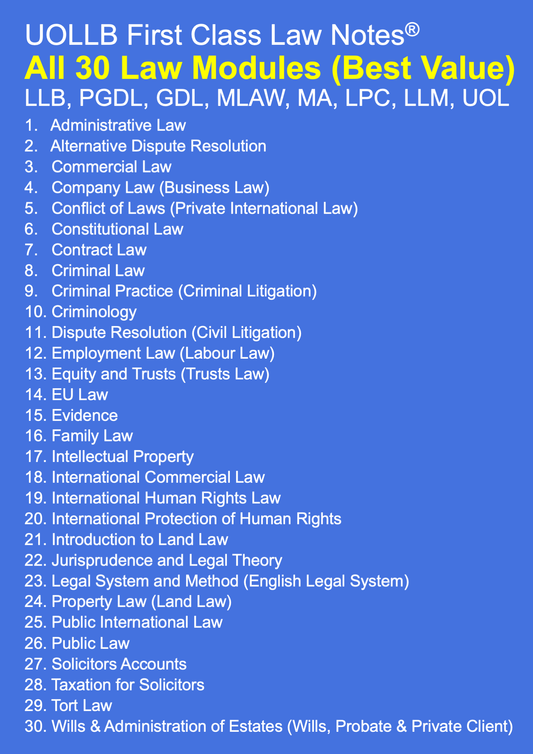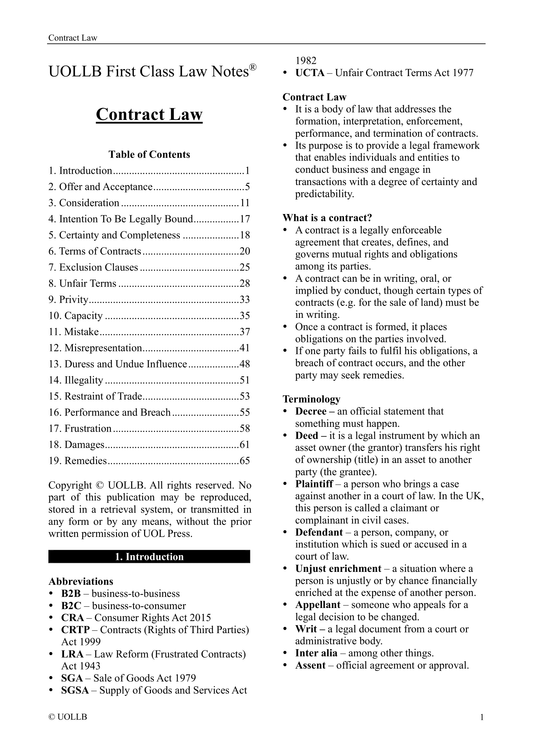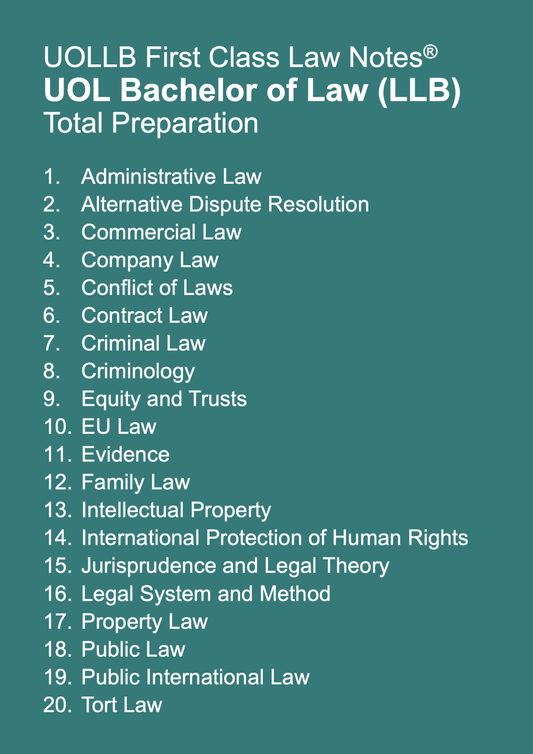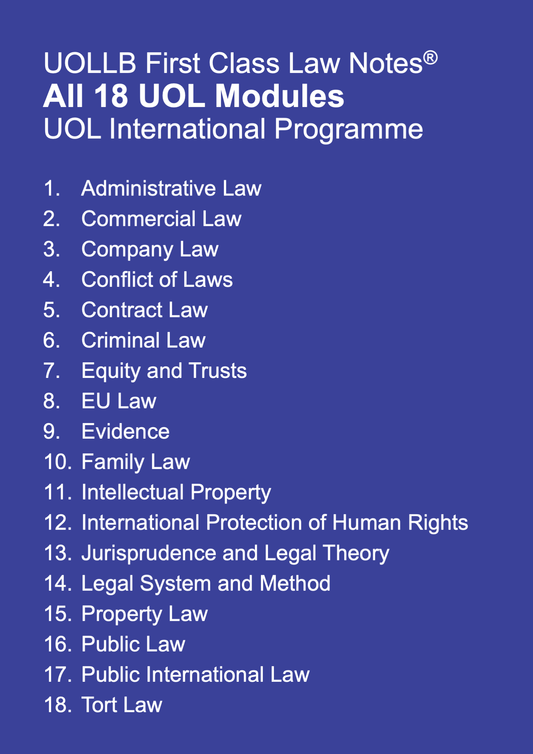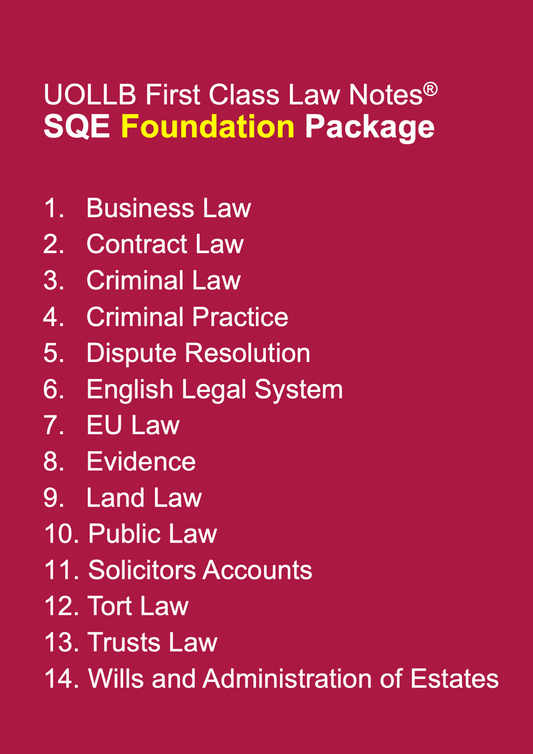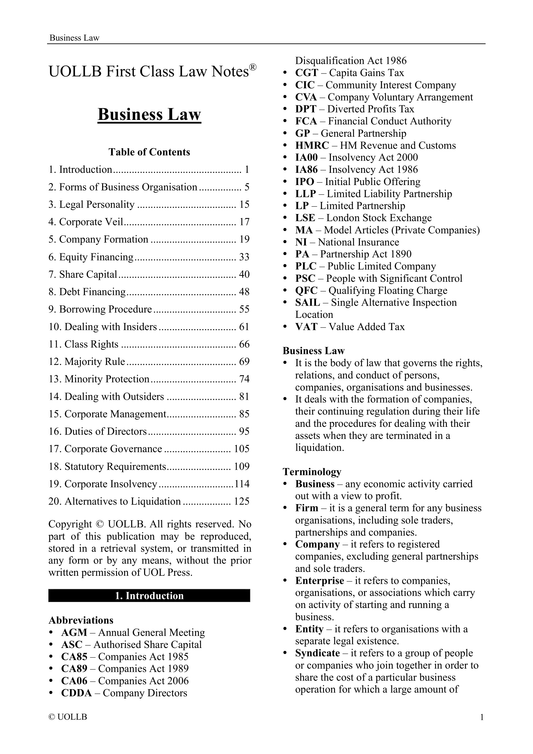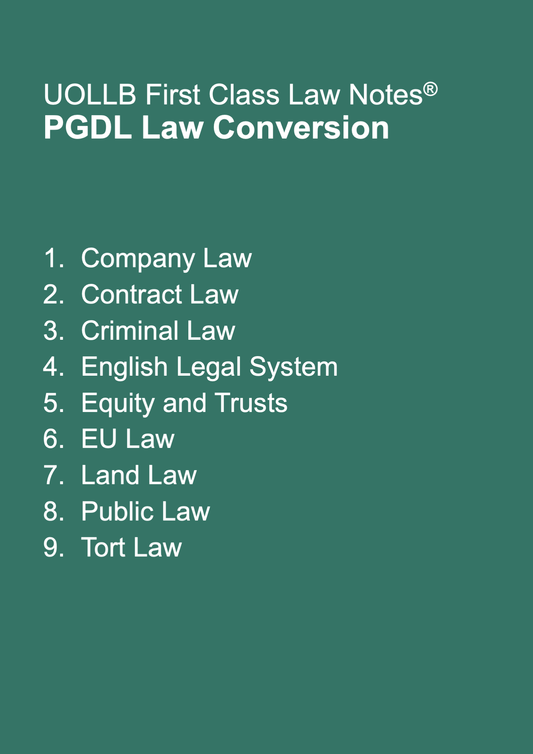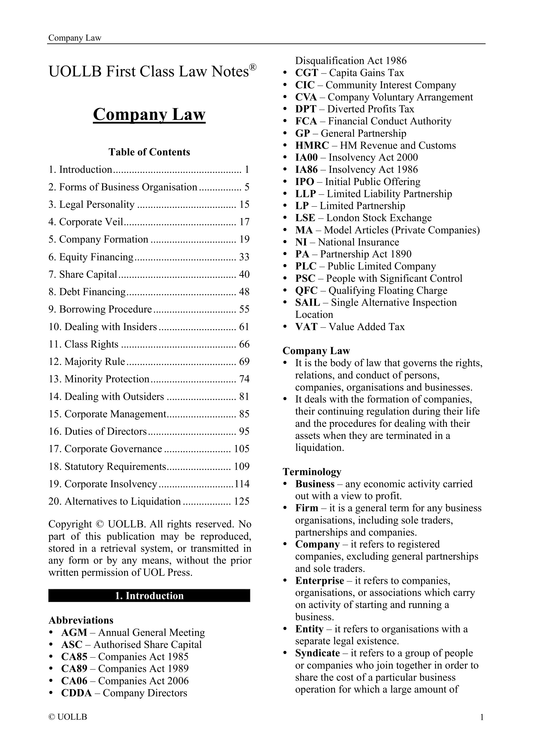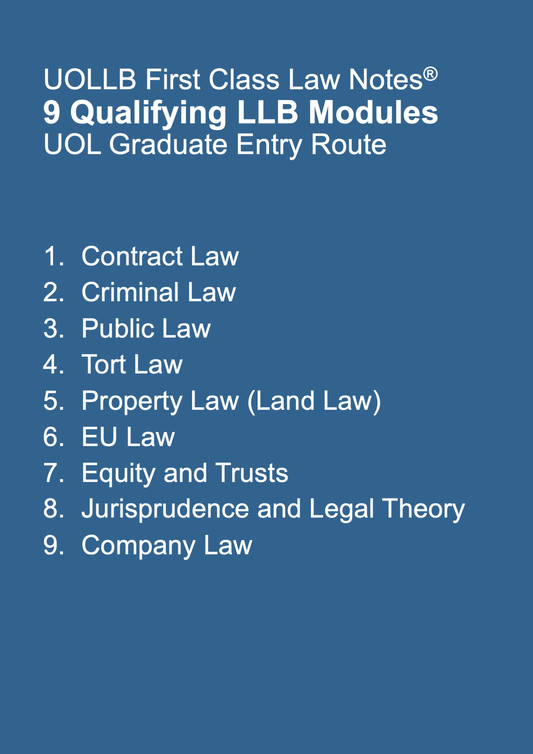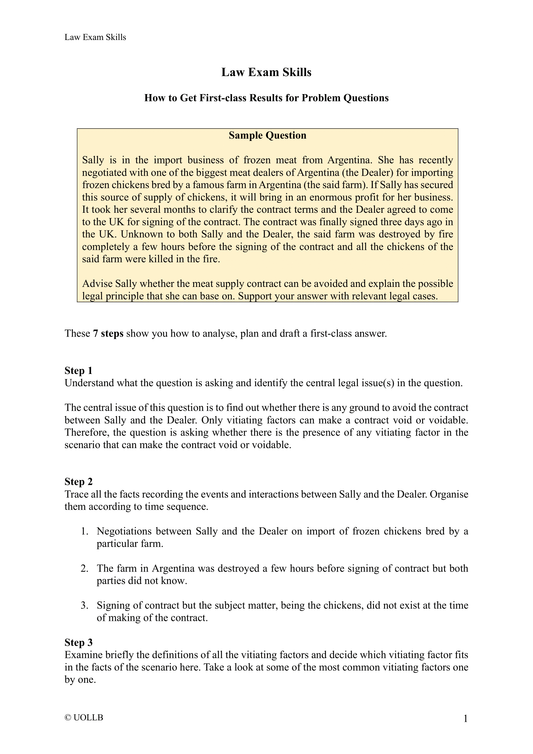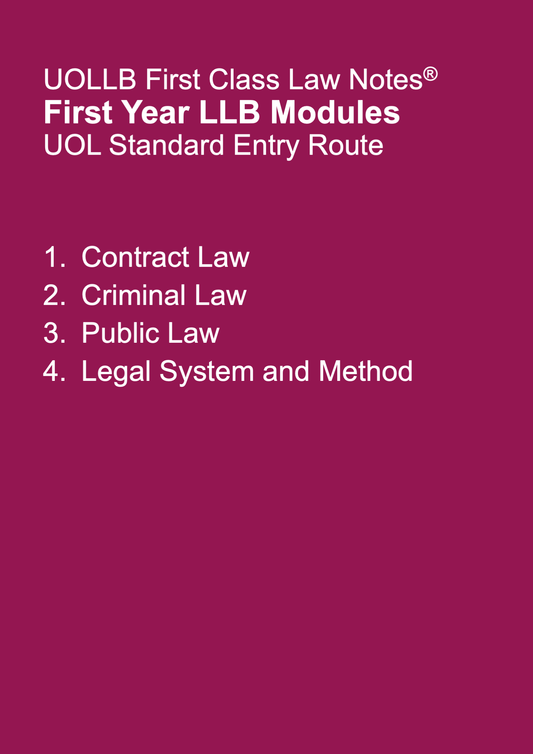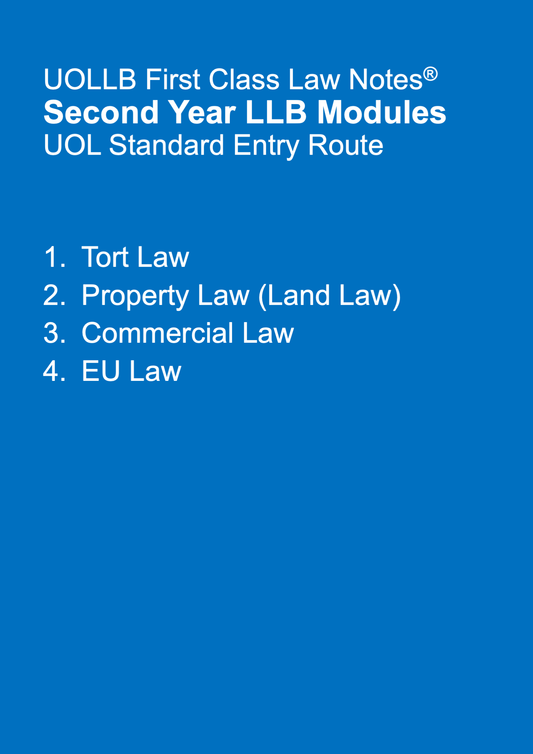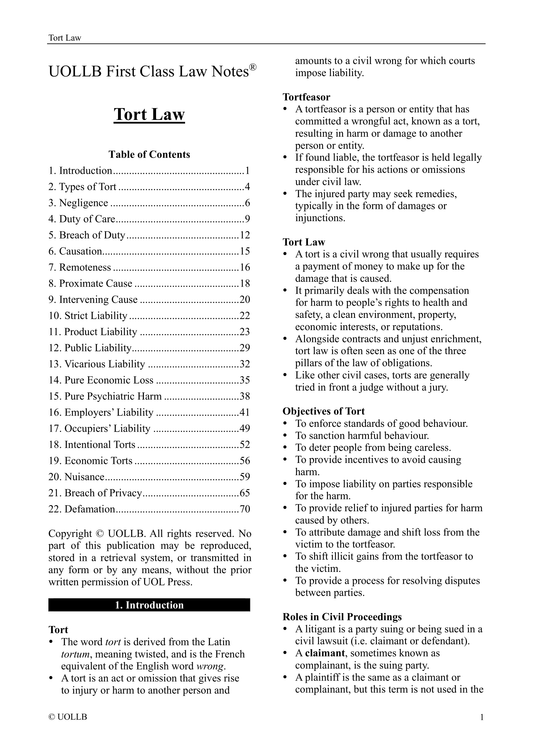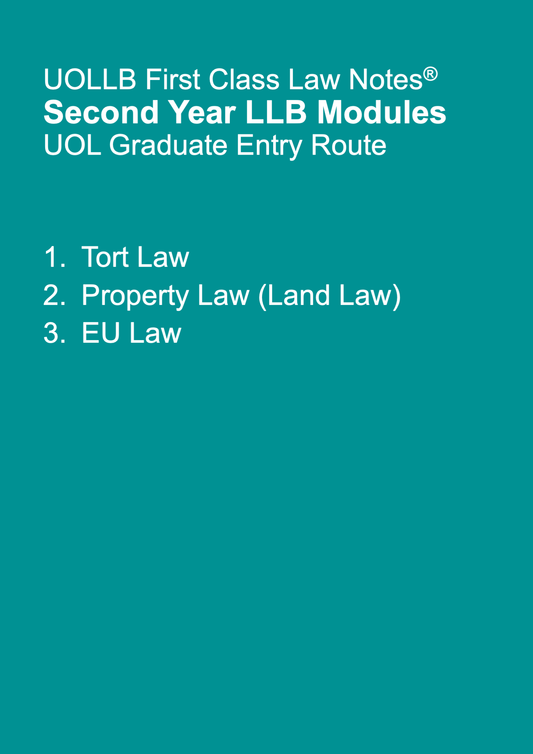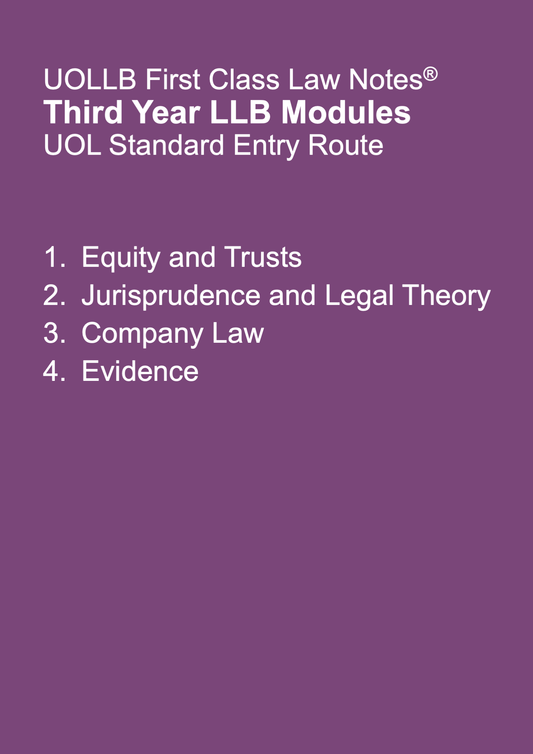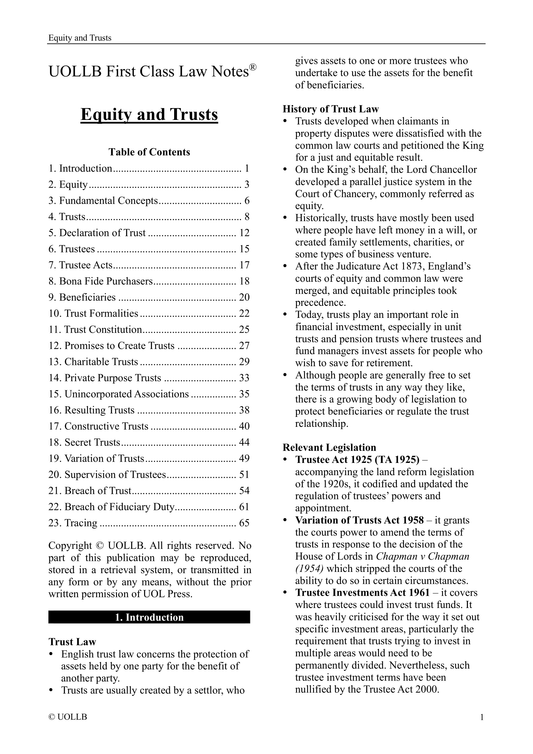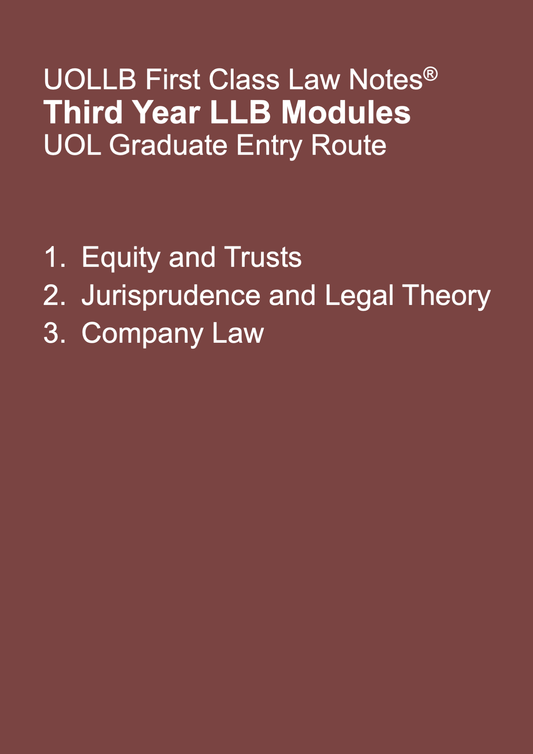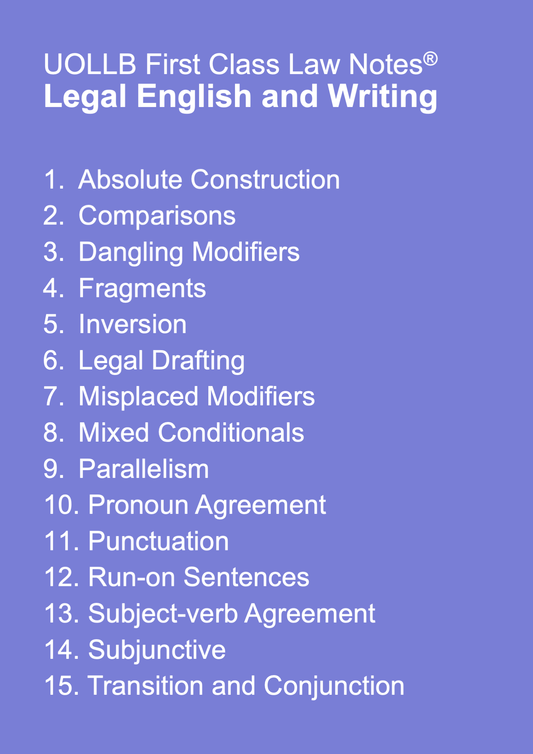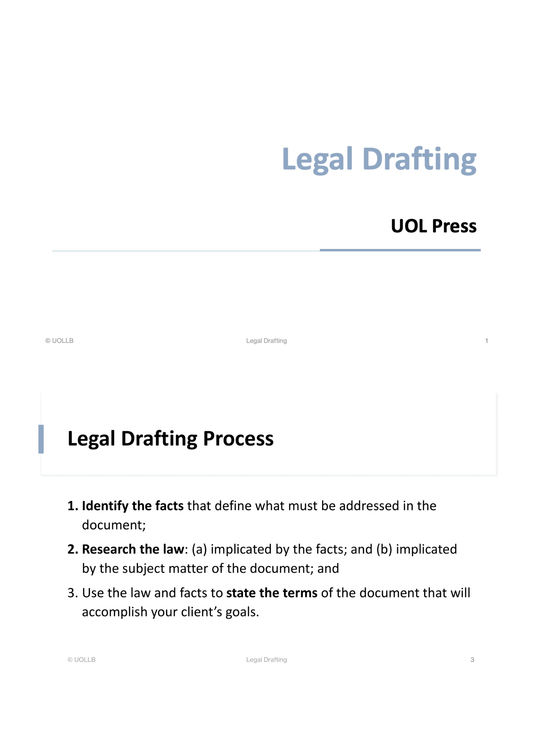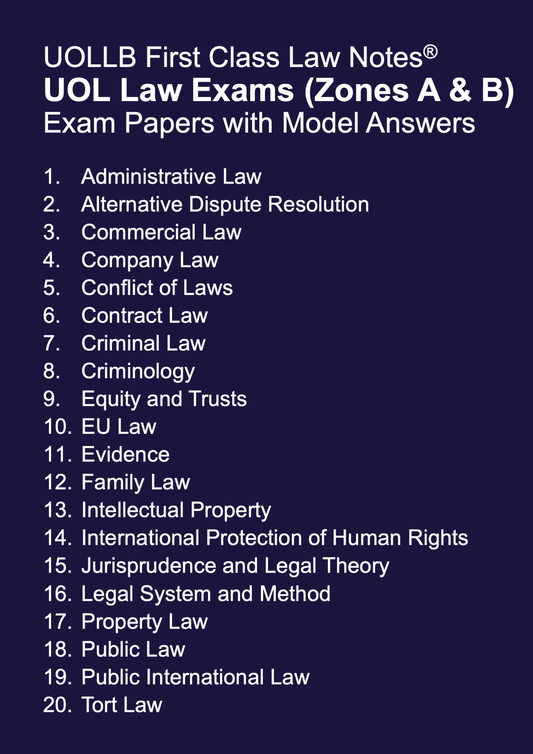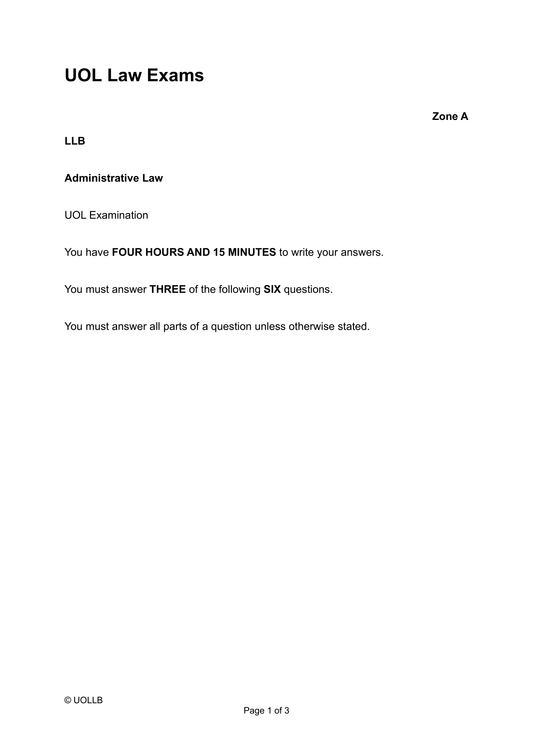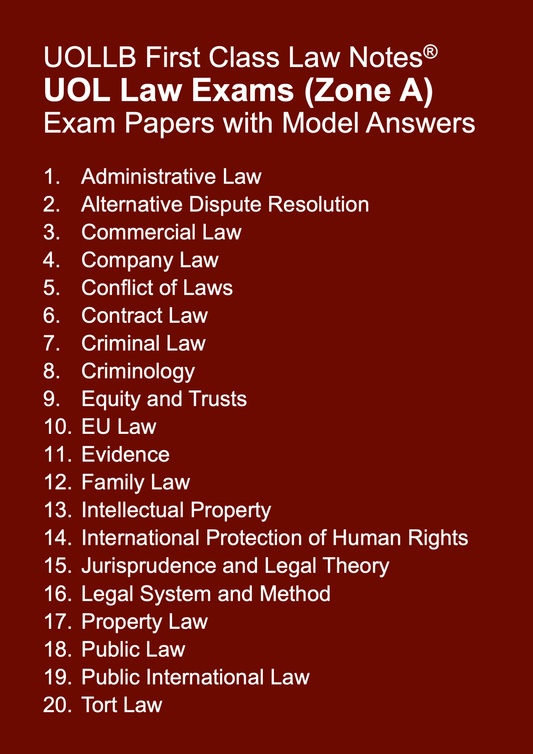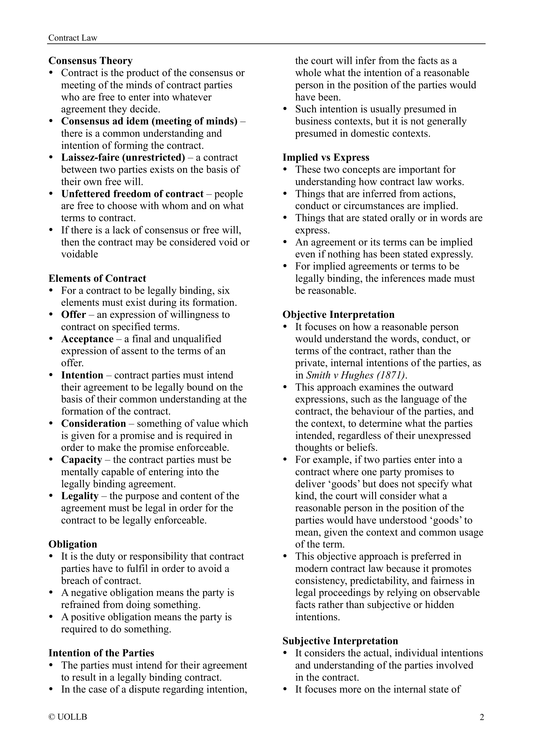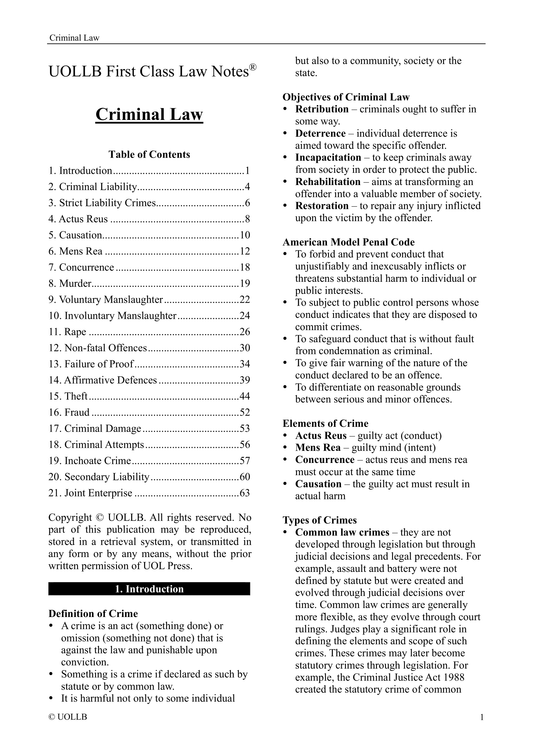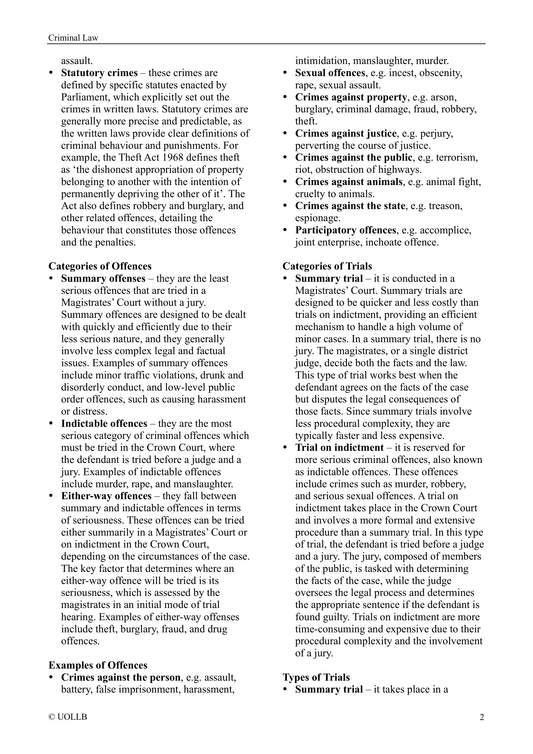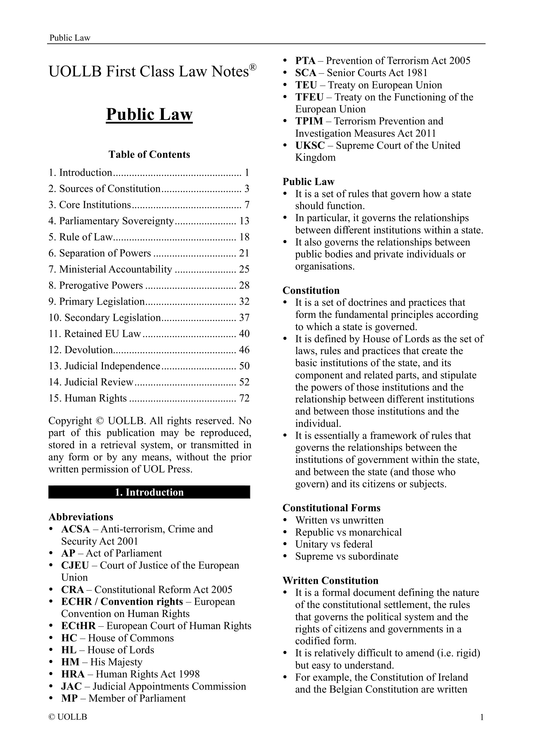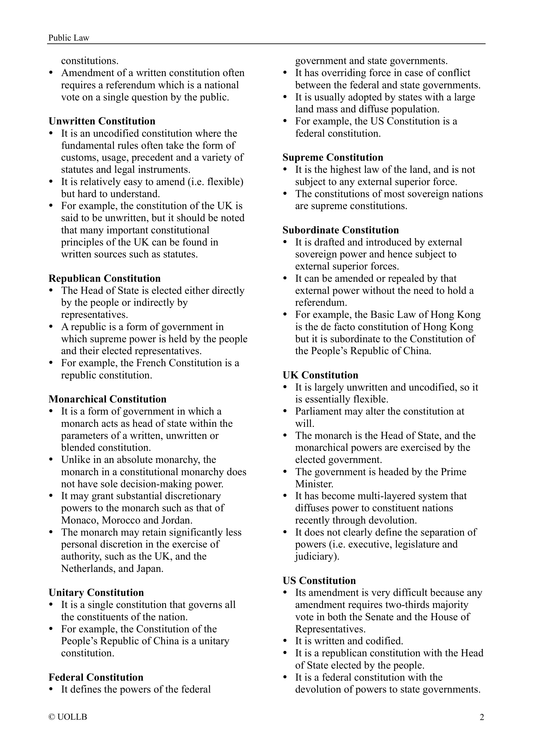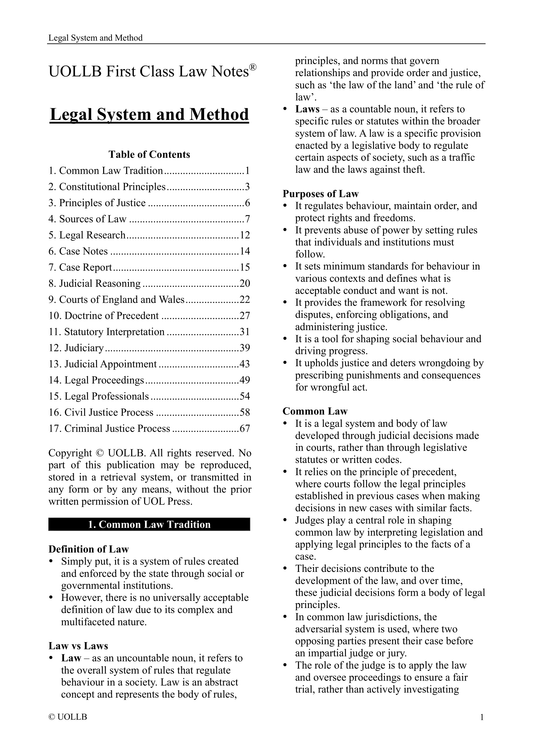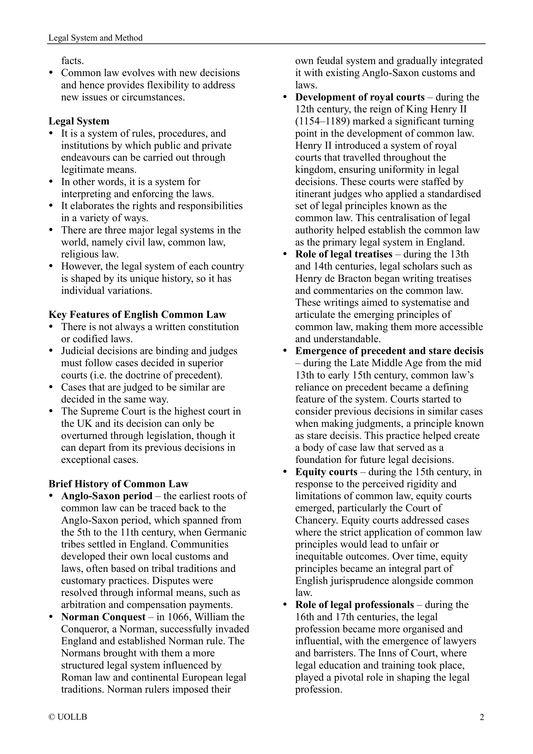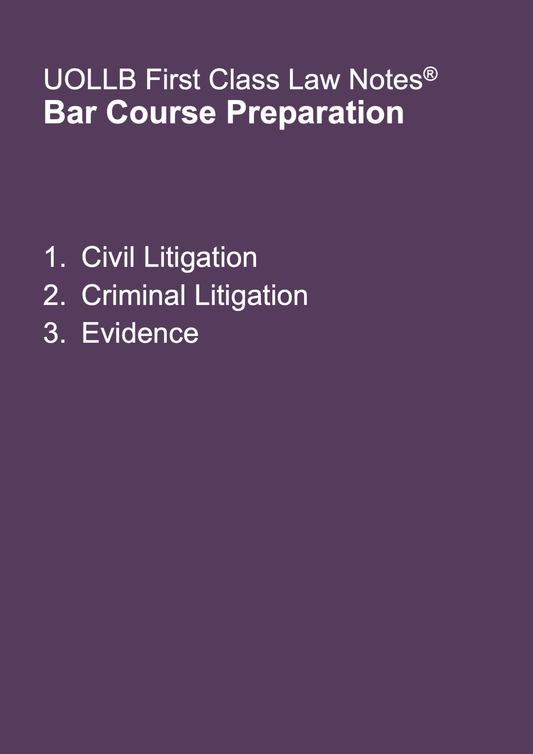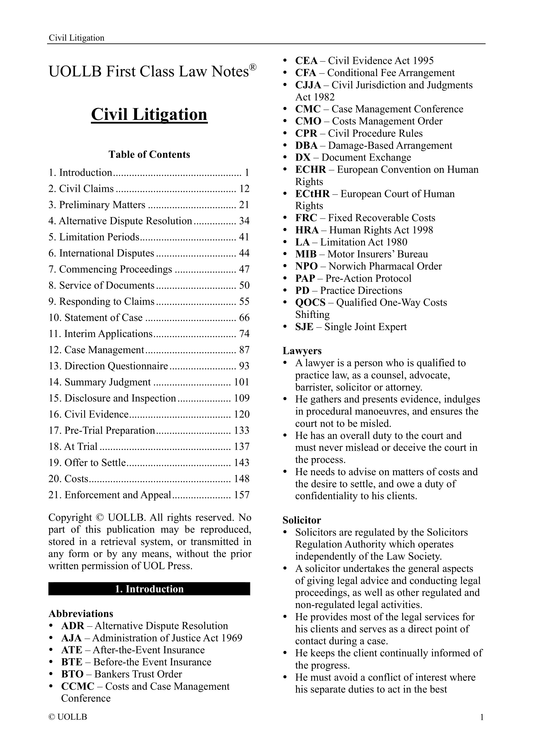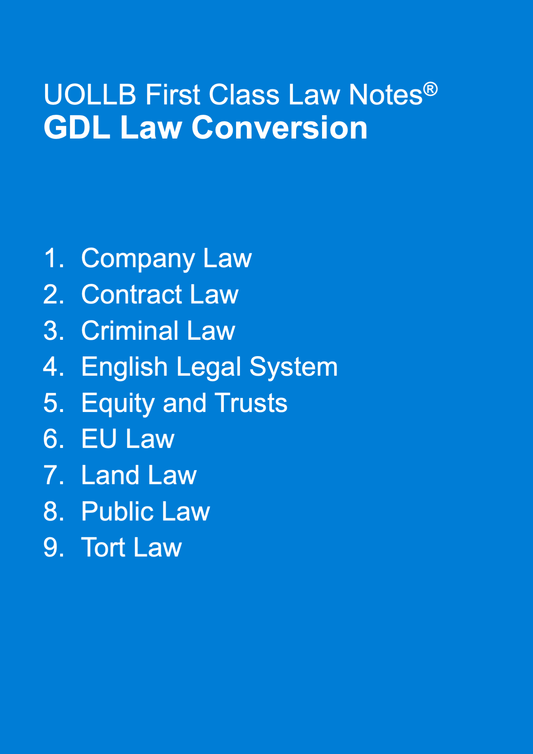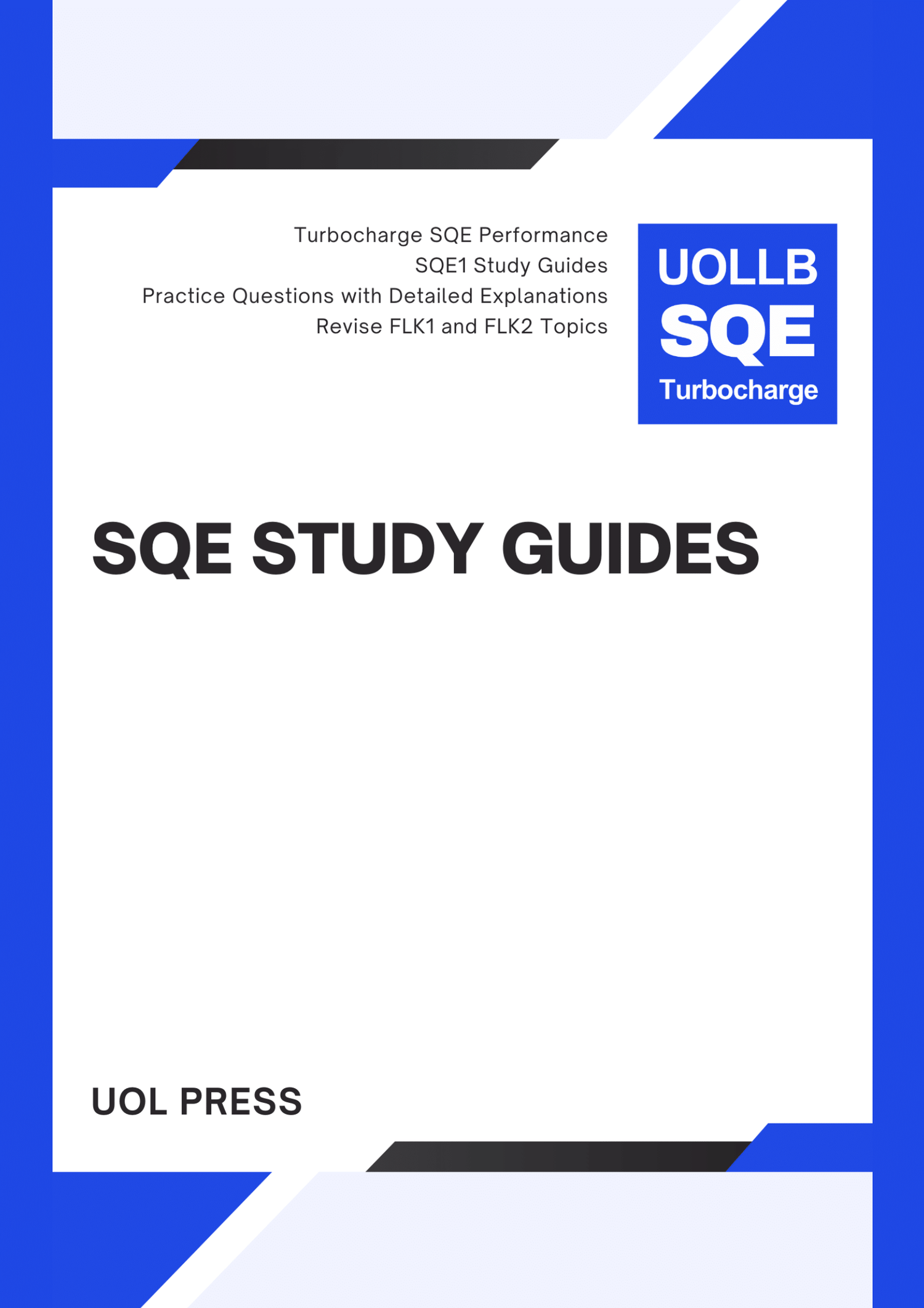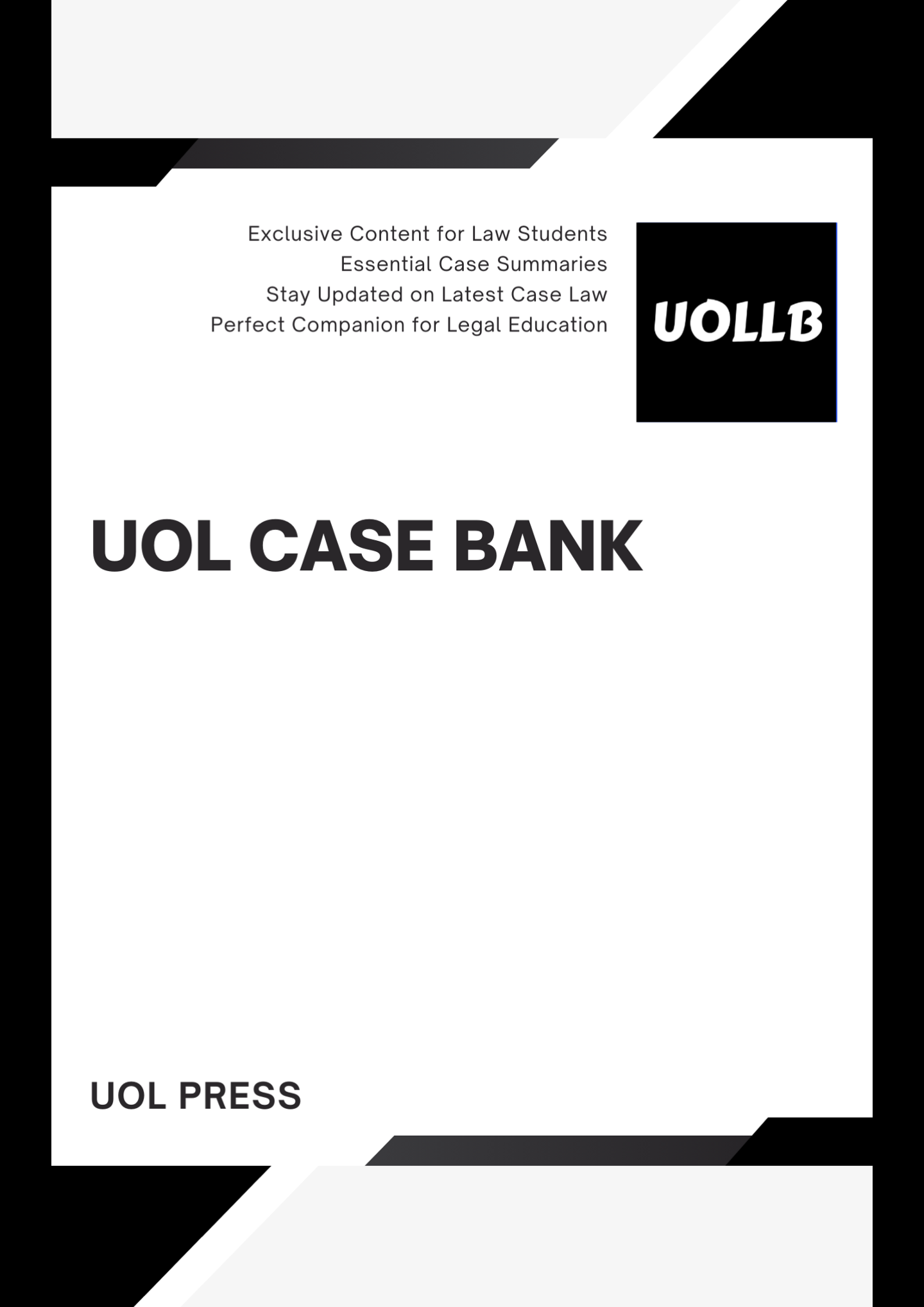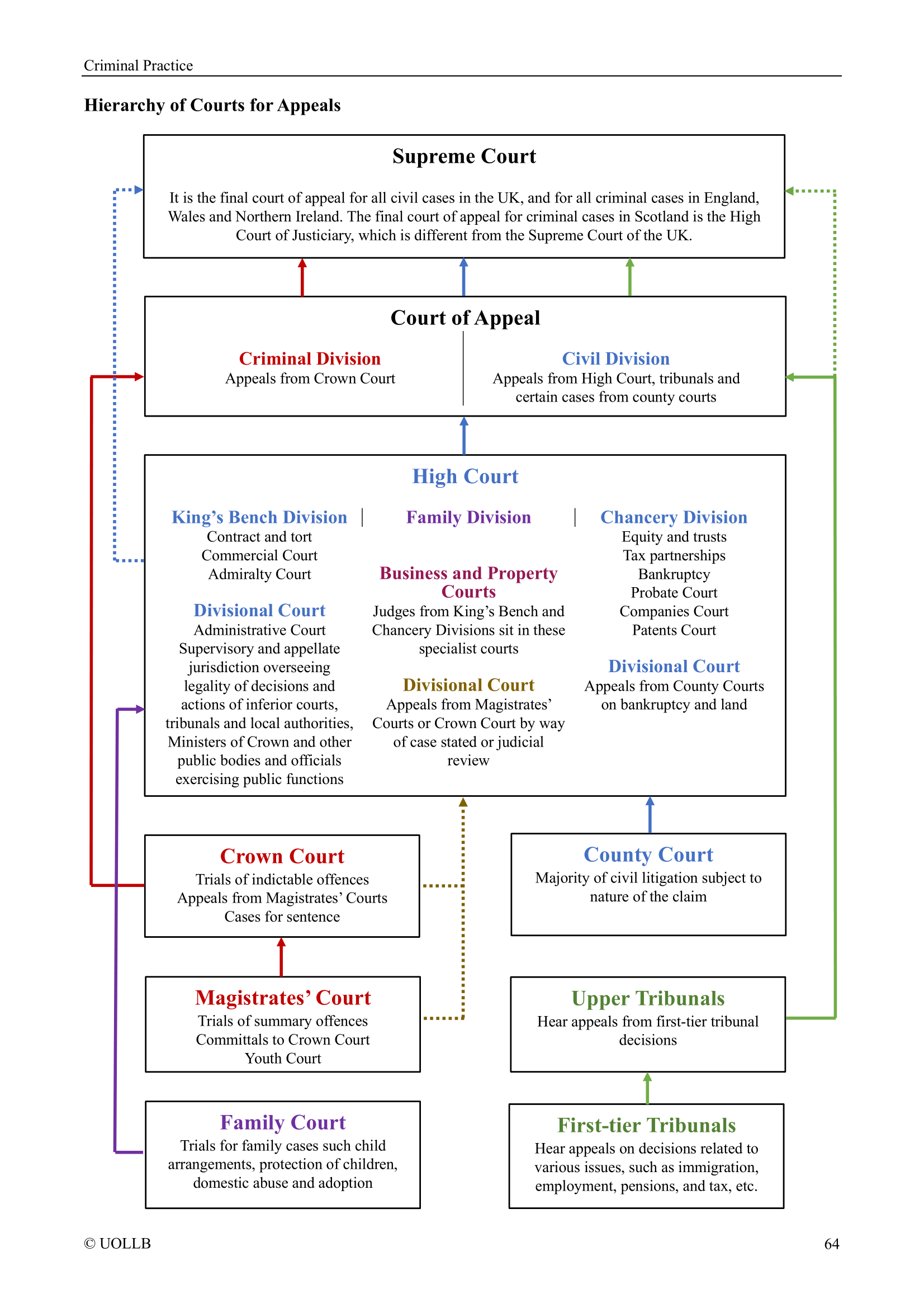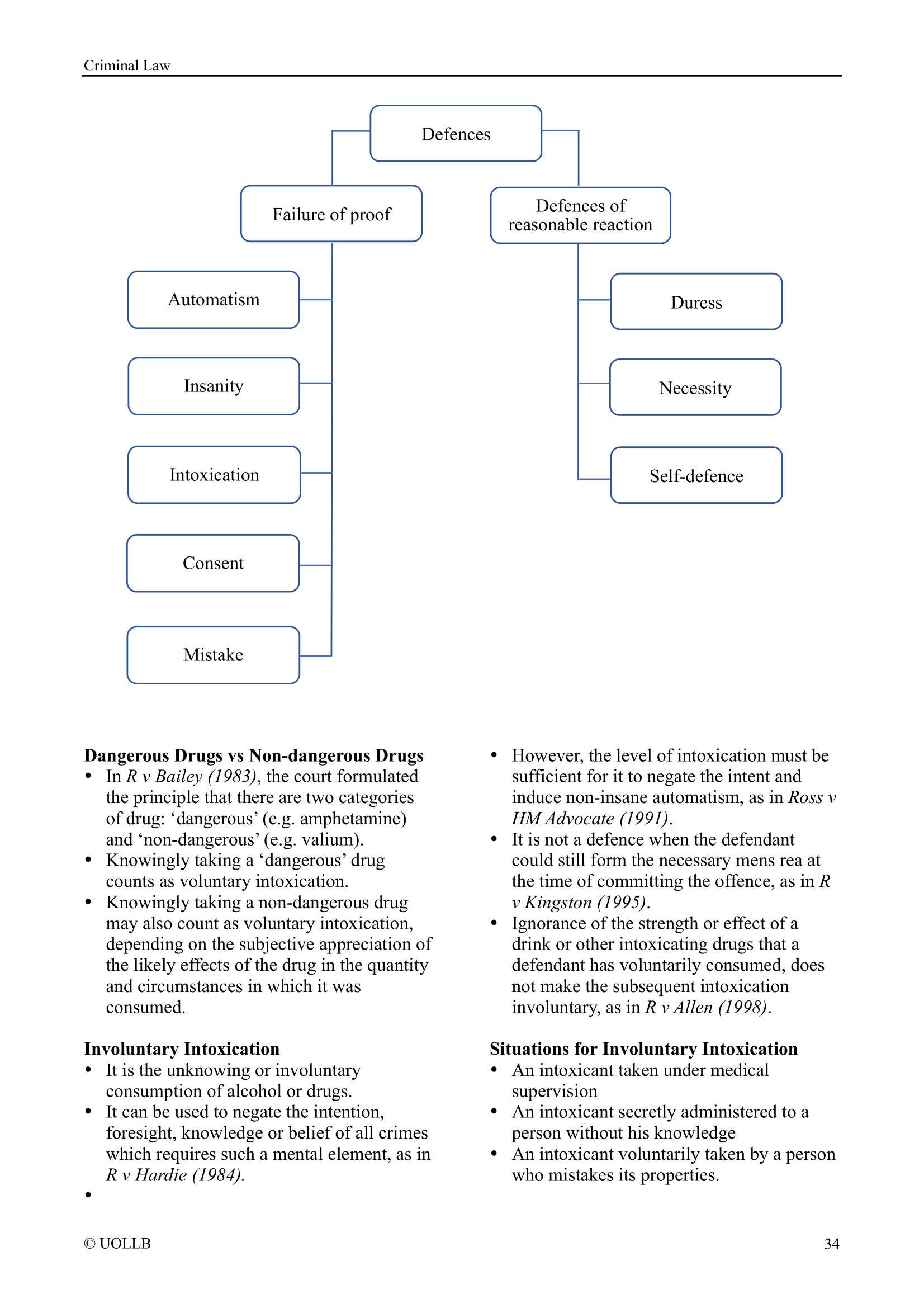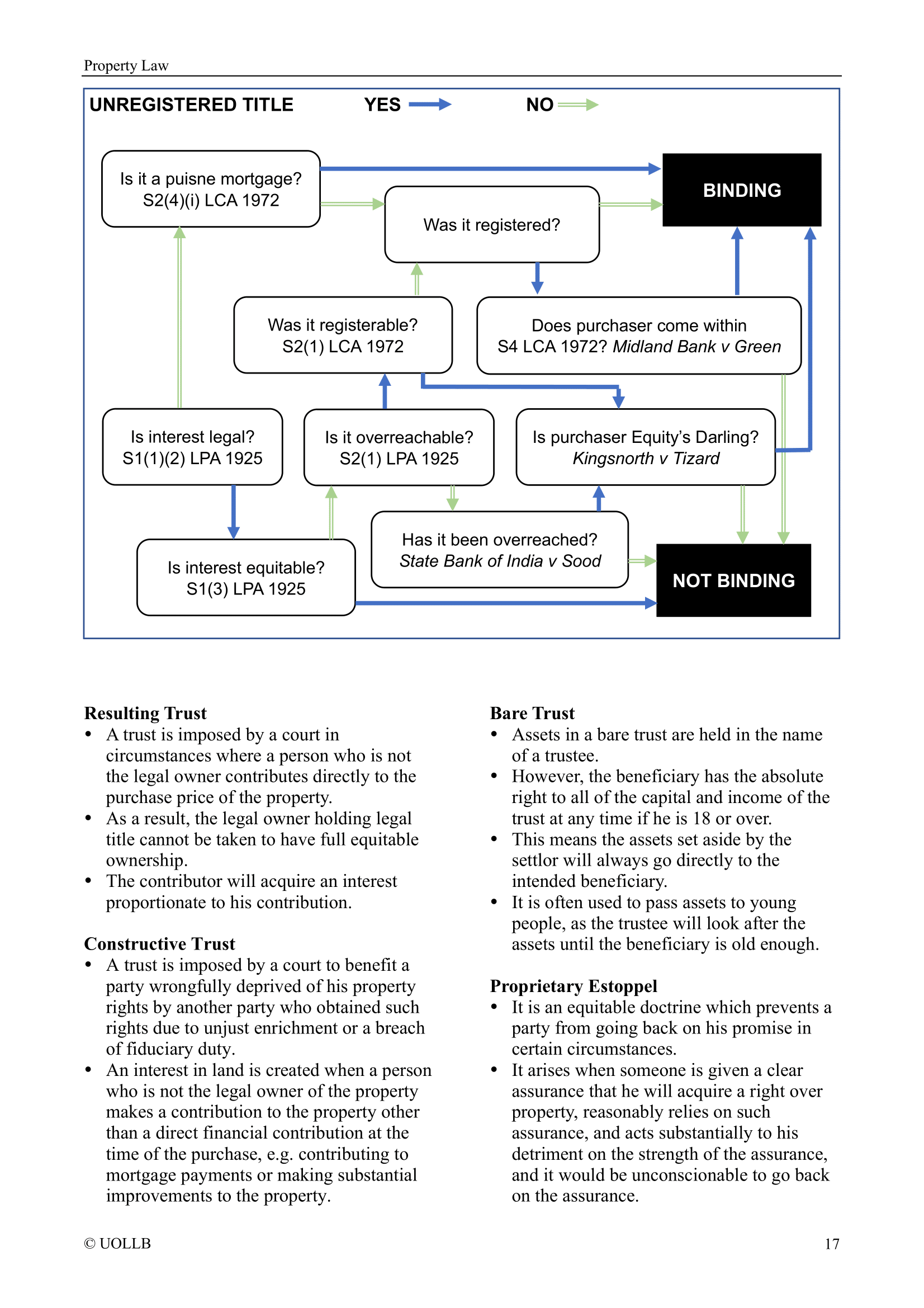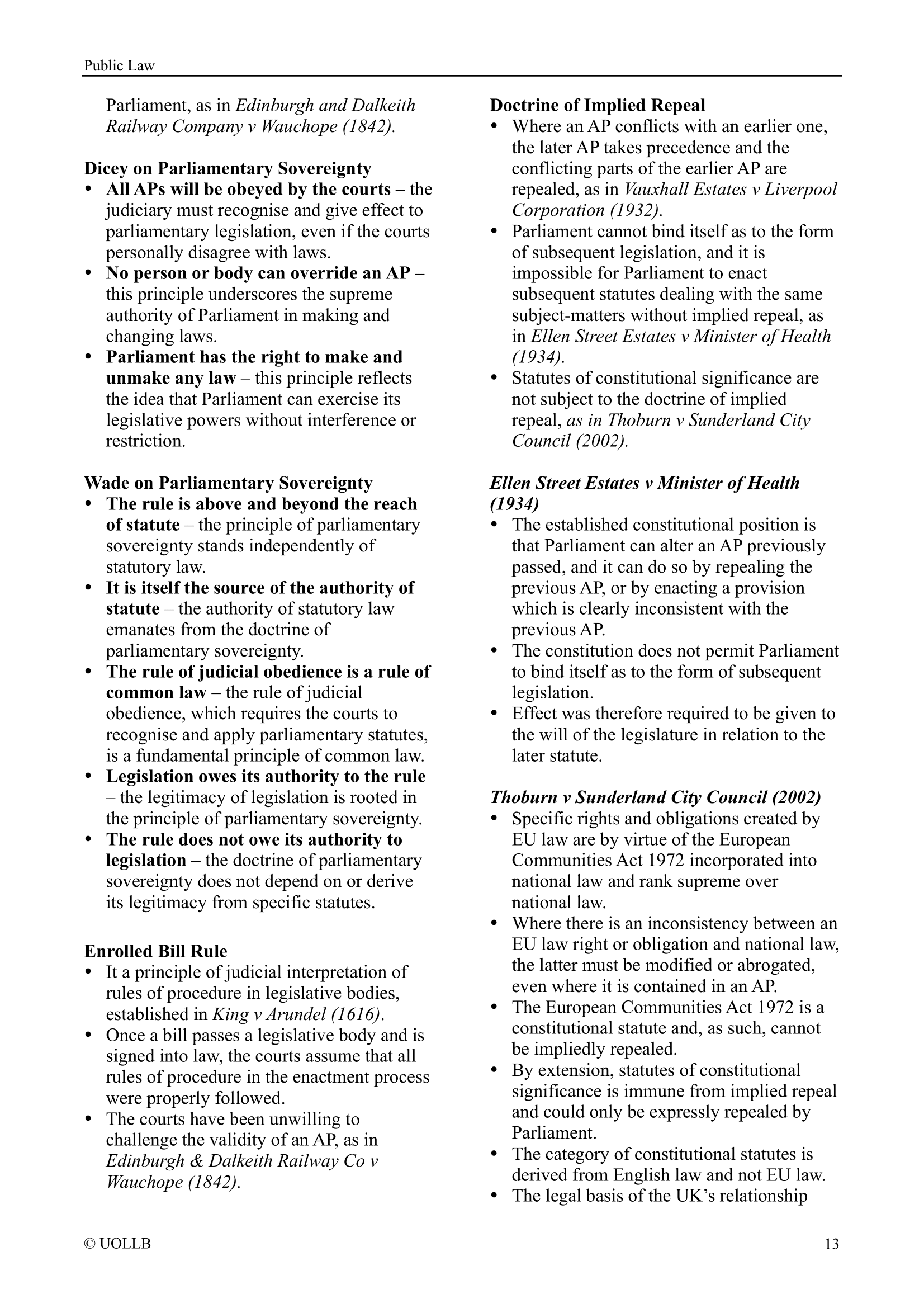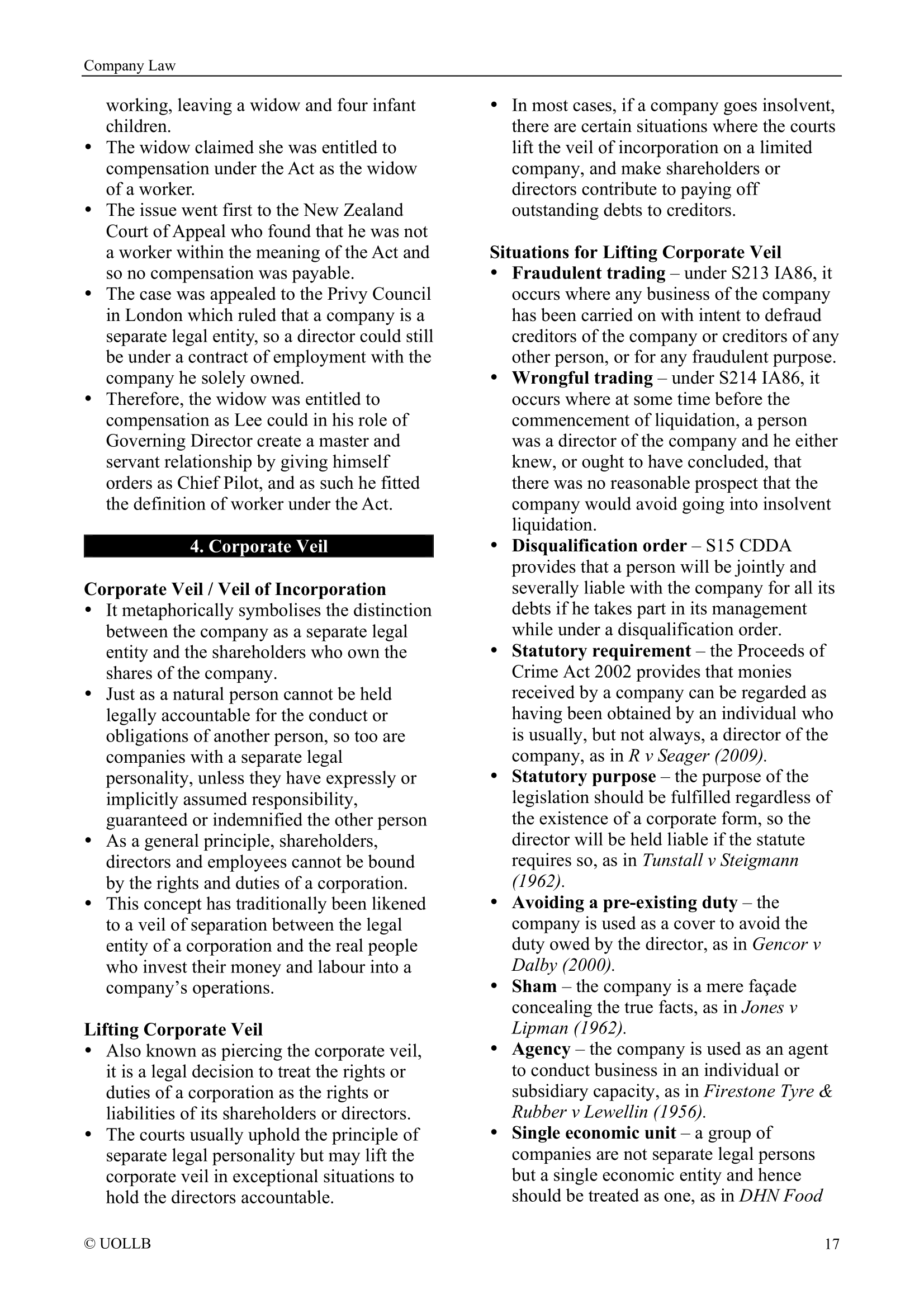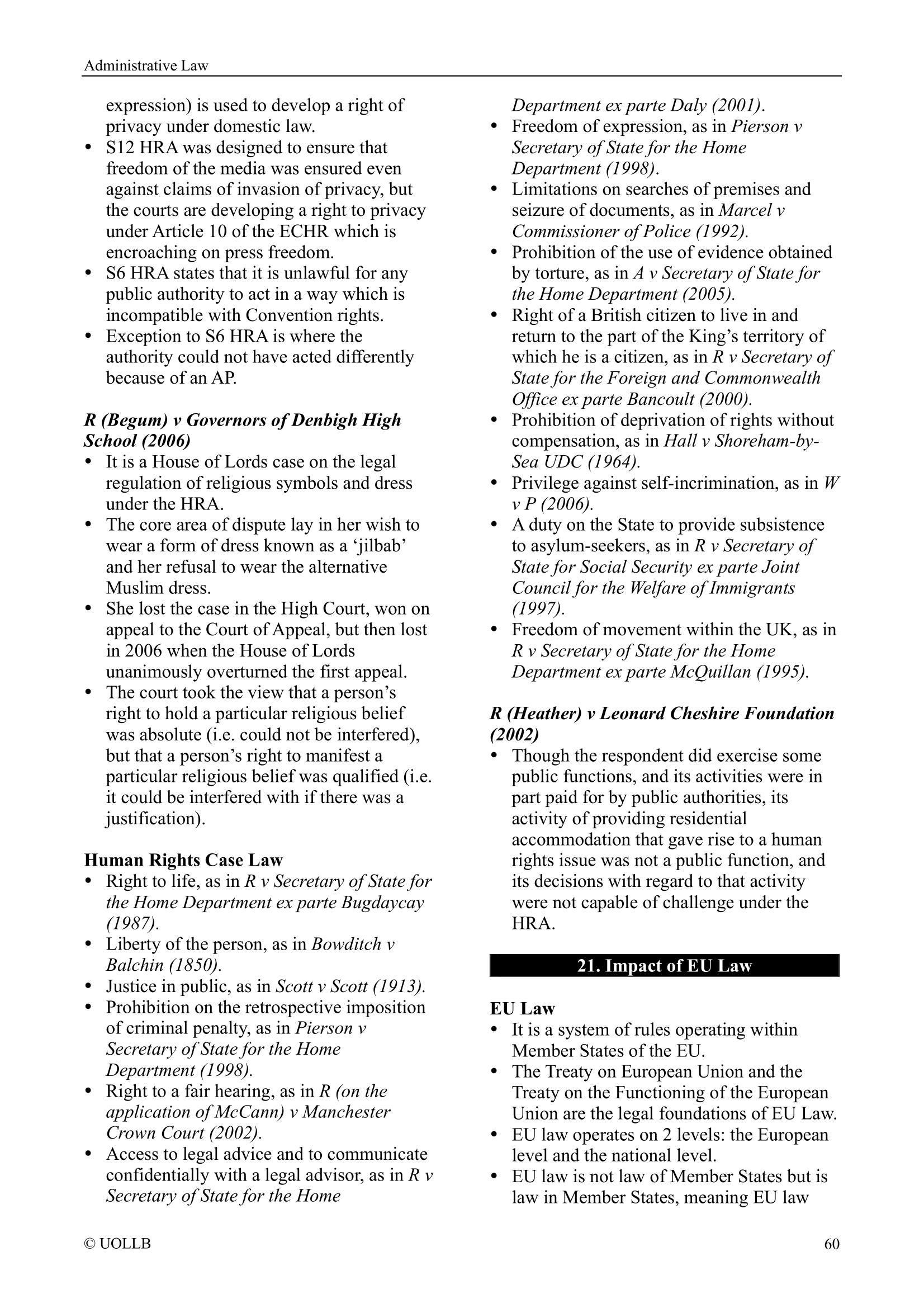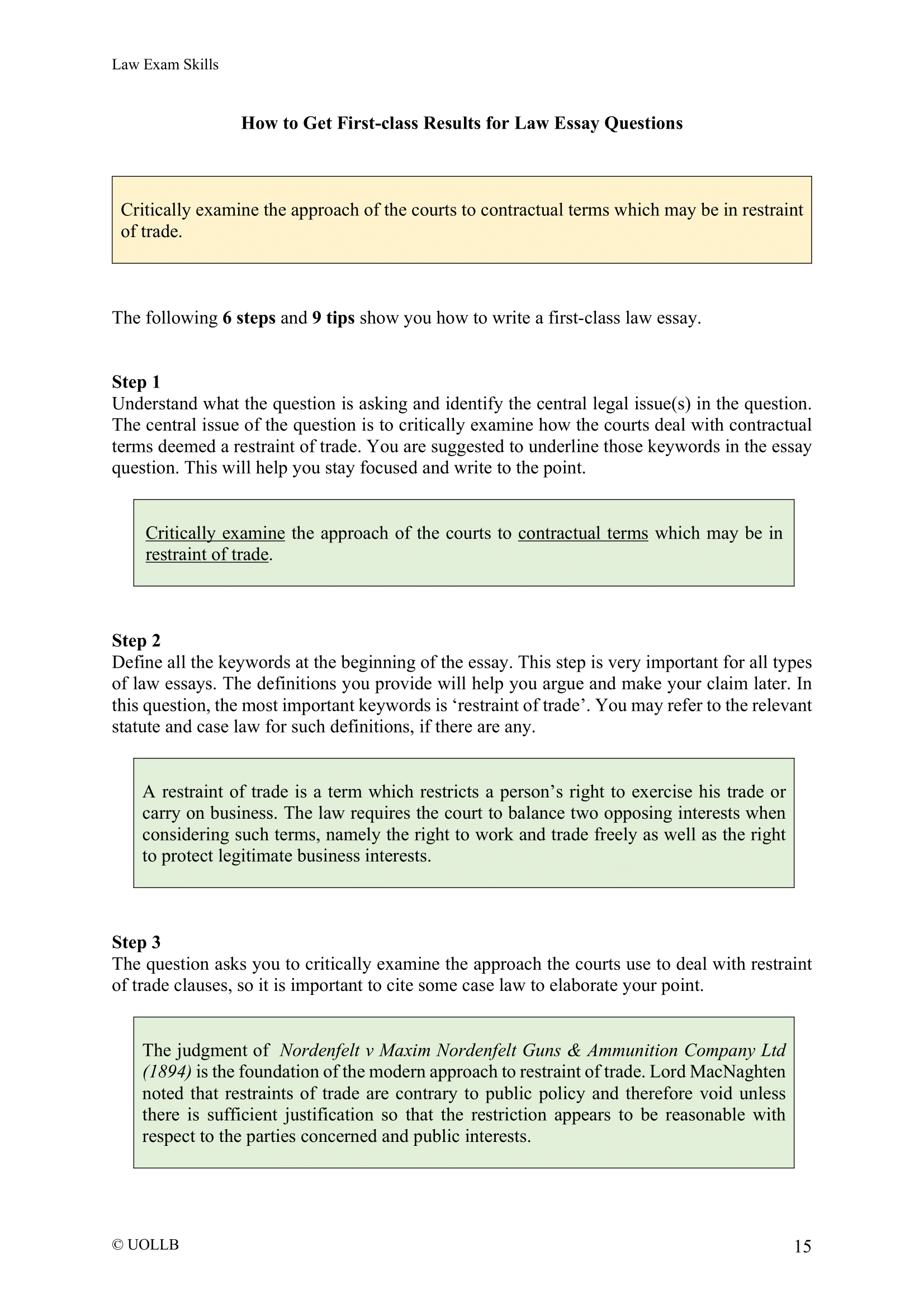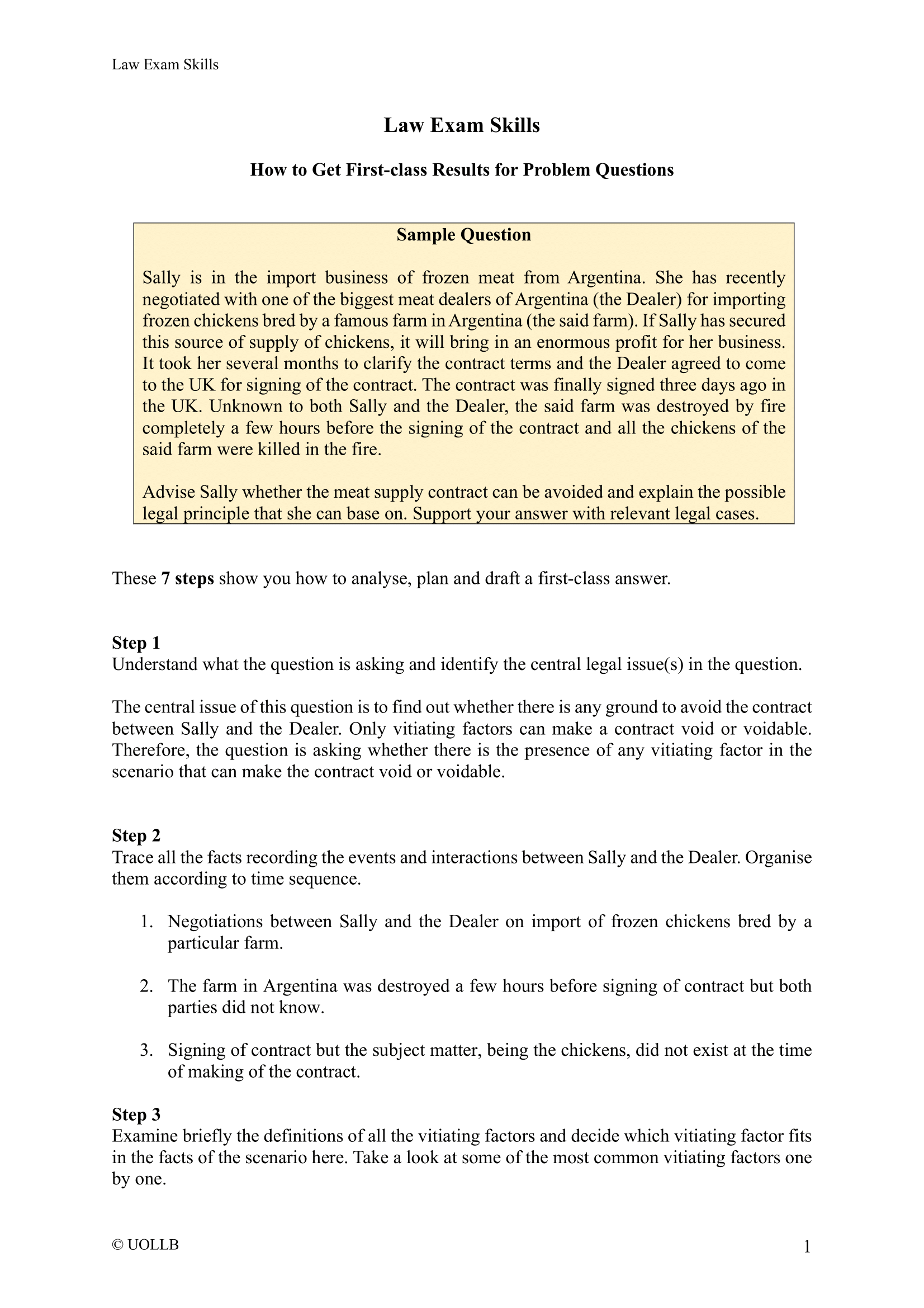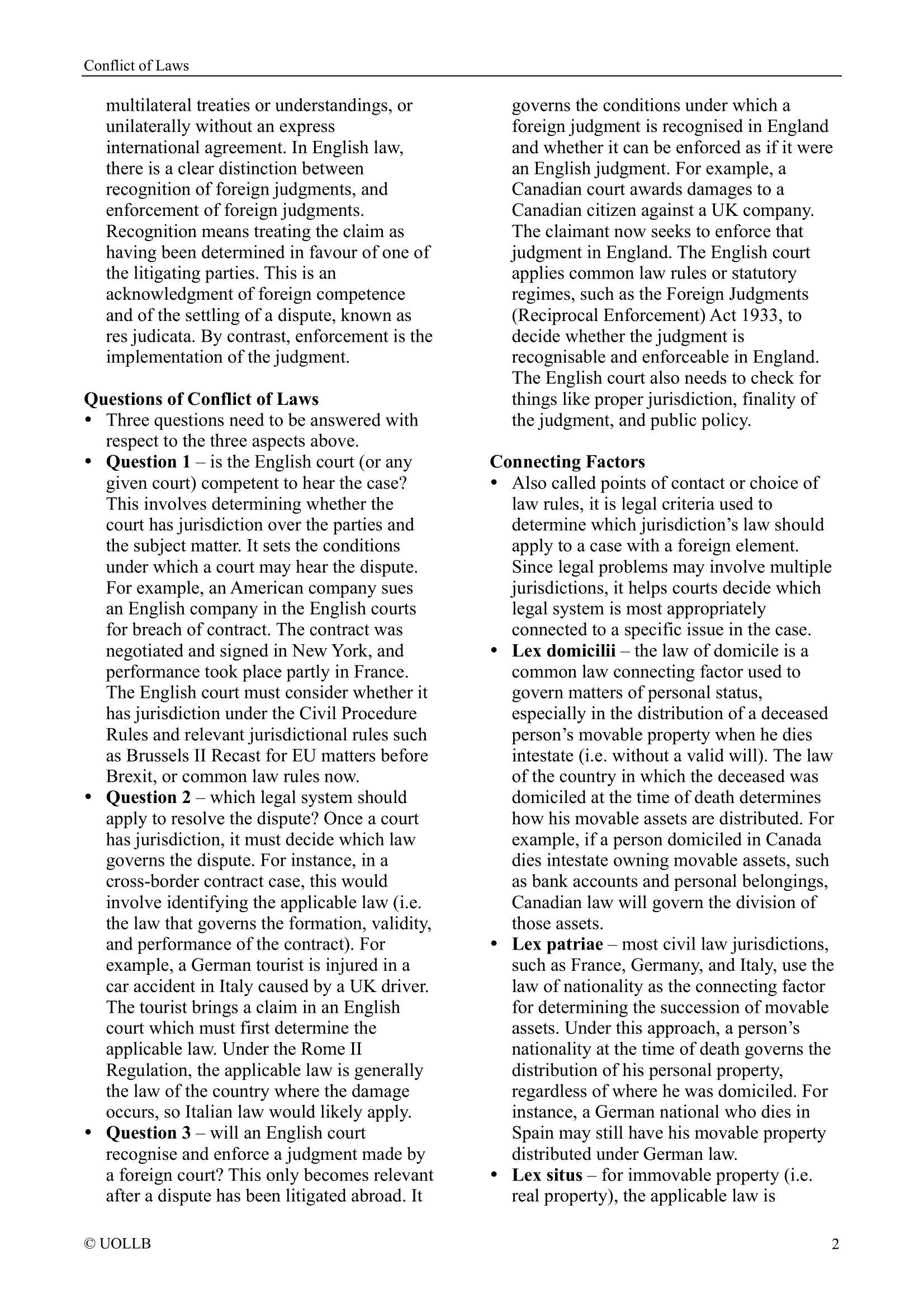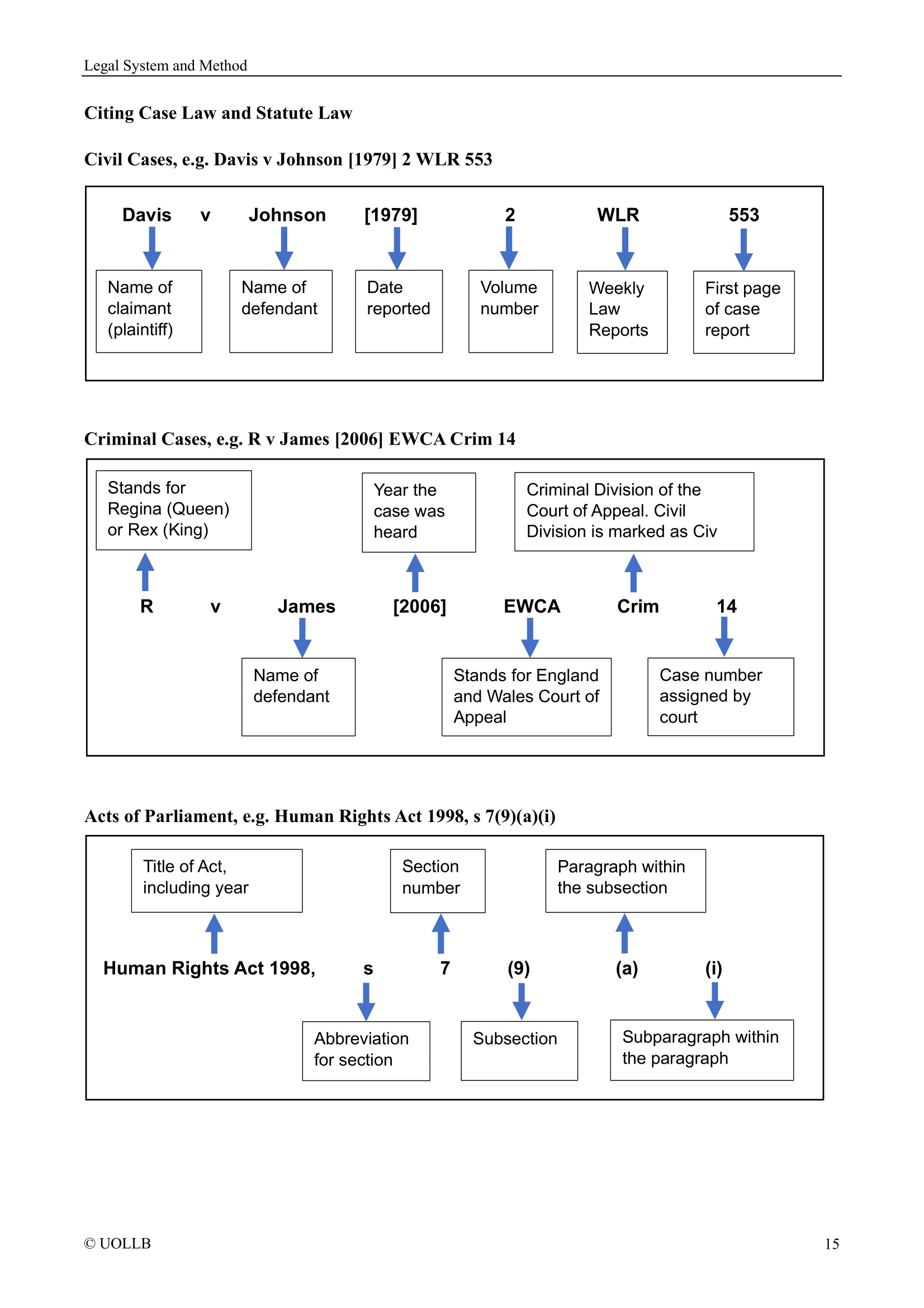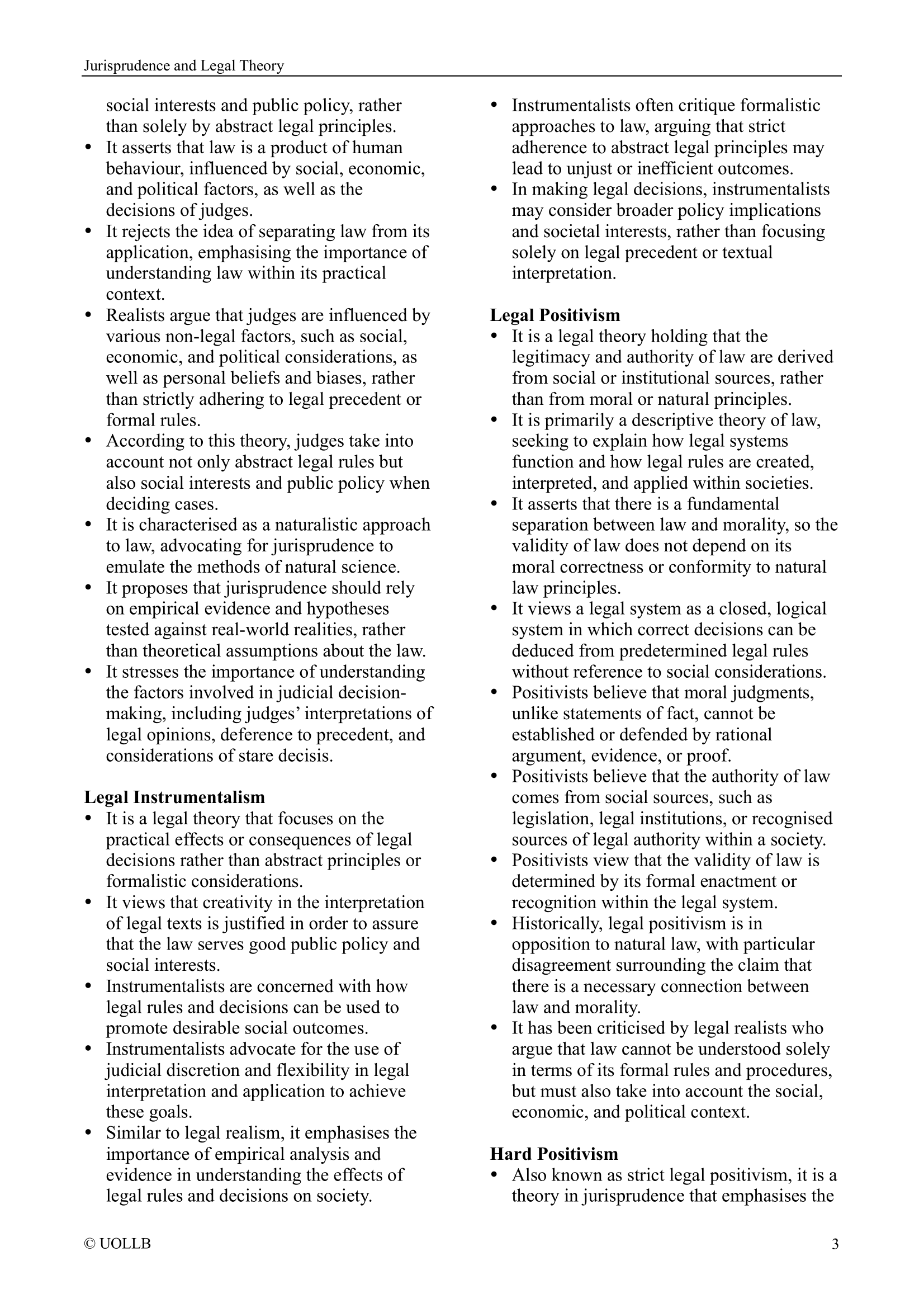R v Secretary of State for the Home Department, ex parte Northumbria Police Authority [1989]
Share
R v Secretary of State for the Home Department, ex parte Northumbria Police Authority [1989] 1 QB 26 marked a significant development in administrative law by recognising a new prerogative power. The dispute arose from the Home Office's decision to maintain a stockpile of CS gas (a cyanocarbon which is the defining component of tear gas) and plastic baton rounds, with a circular allowing the Home Secretary to release it without Police Authority approval in specific circumstances. The Northumbria Police Authority contested this decision through a judicial review, arguing that it exceeded the Home Secretary's authority.
In response to early 1980s riots, the Home Office established a storage of CS gas and baton rounds for potential use by police forces in cases of public disorder. Circular 40/1986 empowered the Home Secretary to release the stockpile to a police force without Police Authority approval, subject to the agreement of Her Majesty's Inspectorate of Constabulary. The Northumbria Police Authority challenged this circular as ultra vires.
The Divisional Court, consisting of Watkins LJ and Mann J, rejected the Northumbria Police Authority's argument. Mann J, concurring with Watkins, acknowledged a prerogative power under the Royal Prerogative, allowing the government to take any action deemed necessary to address an actual or anticipated threat to peace. This was a novel recognition of prerogative power not previously acknowledged. Mann J navigated around the potential conflict with statutory provisions, such as Section 4(4) of the Police Act 1964, by asserting that it did not limit the prerogative by implication.
The case proceeded to the Court of Appeal, where Purchas, Croom-Johnson, and Nourse LJJ heard the appeal. The Court of Appeal emphasised Section 41 of the Police Act 1964, enabling the Home Secretary to provide necessary services for police efficiency. They concluded that this encompassed the creation of a central store and the provision of equipment to police forces. The recognition of the prerogative power to counteract threats to peace was reinforced, grounded in the duty of police officers to maintain peace and the Crown's responsibility to protect citizens.
The decision was notable for recognising a previously unacknowledged prerogative power related to the maintenance of peace. Critics, including legal scholar Robert Ward, expressed concerns about the far-reaching implications of recognising a new prerogative. The decision was seen by some as opening a "Pandora's box," introducing potential constitutional challenges and complexities associated with this novel prerogative power.
